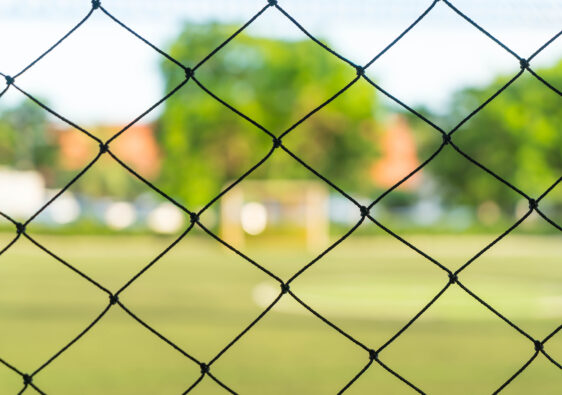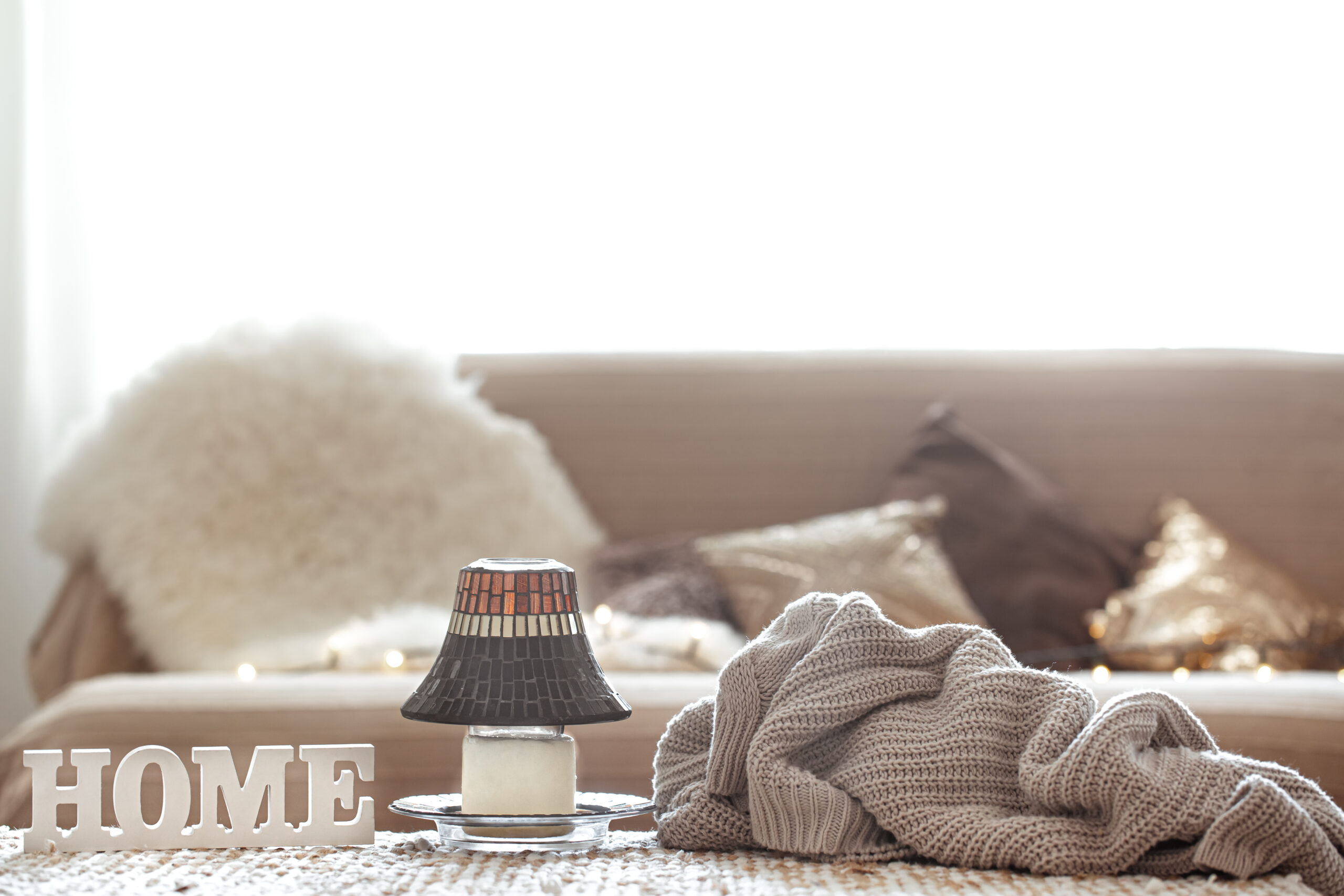Do you wonder what type of clothes can you buy for windows with fabulous and cozy look. To give this look material is very important when it comes to putting windows. The right fabric can enhance privacy, control light, and provide texture to the overall concept of the house while complementing it. With so many available fabrics, it becomes mind-boggling to select the best one from the array of fabrics for drapery, curtains, and all kinds of window treatment.
The guide will offer a closer look at the top choice fabrics, their features and give some hints on how to choose the right fabric according to your needs.
Why Fabric Choice Matters in Window
First importance: Fabric is the best at window functions and durability. The consideration here comes in when factors such as the following need to be considered:
Light Control-the desired effect could be one that will blackout the sunlight, diffuse the sun’s rays, or let as much sunlight in as possible.
Privacy-some have soft openings for sheer-and-decorative privacy, while others such as solid or heavy, are used for complete coverage.
Aesthetic Appeal-fabric must exhibit a good color, texture, and pattern that complement the rest of your interior decoration scheme.
Durability-heavier usually stands up more than thin kinds, giving better insulation but requiring more maintenance.
Maintenance-there are fabrics like silk or velvet that are high maintenance; the more common ones such as cotton or polyester are quite easy and stress-free.
Get the soft natural light with sheer curtains
These sheer fabrics work very well for softening the incoming natural light but allow that upscale airy and elegant feel to come in-with their styling usually found drenched under heavier drapes but sufficing to independent, privacy-free spaces typically.
- Light Control – Do you want to block out sunlight, filter it softly, or let in as much natural light as possible?
- Privacy – Some fabrics are sheer and decorative, while others offer complete coverage.
- Aesthetic Appeal – The fabric’s color, texture, and pattern should complement your interior decor.
- Durability – Heavier fabrics tend to last longer and provide better insulation, but they may require more maintenance.
- Maintenance – Some fabrics, like silk or velvet, require special care, while others, like cotton or polyester, are easier to clean.
Best Fabrics for Sheer Curtains
Sheer fabrics are ideal for softening natural light while maintaining an airy and elegant look. They are often layered under heavier drapes or used alone in spaces where privacy is not a primary concern.
1. Voile
Voile is a lightweight, woven fabric made from 100% cotton or polyester. It offers a soft texture and a slightly crisp finish. High-quality voile allows natural light to pass through while still providing a level of privacy. This is best for rooms where natural light is needed like living rooms, and dining rooms.
2. Muslin
Muslin is a medium-weight cotton fabric that provides a balance between sheerness and durability. It allows airflow while offering some privacy. Use it ror informal spaces to get a light and breathable environment.
3. Lace
Lace is a delicate, decorative fabric made from natural fibers like cotton or linen. It adds a touch of elegance while letting in a generous amount of light. Get that vintage look with this!
4. Cotton
Cotton is one of the most popular choices for drapes and curtains. It comes in a range of weights and finishes, making it versatile for different styles. Drapery-weight cotton is thick enough to block light and provide insulation. These are easier to maintain!
5. Canvas
Canvas is a tightly woven cotton fabric known for its durability and strength. It is often used in spaces where light blocking and insulation are needed like bedrooms and home offices.
6. Poplin
Poplin, also known as tabinet, is a medium-weight fabric made from cotton, wool, linen, or synthetic fibers. It has a distinct weave that provides strength and a unique texture.
7. Velvet
Velvet is a luxurious, thick fabric that adds a sense of elegance and sophistication. It provides excellent insulation against cold air and blocks out light effectively.
Best for: Formal living rooms, bedrooms, and theatrical settings where a dramatic effect is desired.
8. Satin
Satin refers to the weave rather than the fiber itself, resulting in a smooth and shiny fabric. It reflects light beautifully and can add a touch of glamour to any room.
Best for: Stylish and modern spaces where a sleek look is preferred.
9. Brocade
Brocade is a heavy, textured fabric often woven with intricate patterns. It is typically made from silk and sometimes incorporates metallic threads for a rich, ornate look.
Best for: Traditional, antique-style interiors or spaces requiring a regal touch.
10. Linen
Linen is a breathable, natural fabric available in medium to heavyweight varieties. While it wrinkles easily, its relaxed, textured appearance adds charm.
Best for: Casual and contemporary interiors that value natural, organic textures.
11. Rayon
Rayon is a semi-synthetic fabric derived from natural fibers. It has a silky texture, drapes beautifully, and offers durability similar to natural materials.
Best for: Homes that want an affordable alternative to silk or linen.
Tips for Choosing the Right Window Fabric
Selecting the perfect fabric for your drapes and curtains goes beyond aesthetics. Keep these expert tips in mind:
Step 1. Consider How the Fabric Drapes
Before making a purchase, test how the fabric falls by pleating it like an accordion. If it flares out rather than draping naturally, it may not hang well on your window.
Step 2. Think About Sun Exposure
Sunlight fades fabric over time, so avoid bright and bold colors in rooms with intense sunlight. Instead, opt for fade-resistant materials like polyester blends.
Step 3. Layering for Functionality
For maximum control over light and privacy, consider layering sheer curtains with heavier drapes or using blackout liners behind lighter fabrics.
Step 4. Prioritize Insulation
If you live in a colder climate, fabrics like velvet, suede, and brocade provide extra insulation. Lining other fabrics with insulating material is another effective option to keep your rooms warm in freezing weather.
Step 5. Choose Fabrics Based on Style
Premium materials like velvet, satin, or brocade gives your curtains sophisticated and elegant look. Select materials like cotton, linen, or poplin for settings that are more relaxed out. But if you want more simple structures, such as roman shades, or cafe curtains can also work for smaller windows.
Step 6. Take Accurate Measurements
Take Accurate Measurements Step six is all about deciding the ideal starting measurement for your curtains in relation to your window, so let’s get into it. Higher hanging curtains create the illusion of taller ceilings within a room, so consider that when measuring.
Step 7. Prioritize Quality
Prioritize Quality Window treatments that require customization are always the best, however custom designs can be expensive. If that is the case, use high quality retail window fabrics instead for an extended lifespan.
Choose the right fabric that compliments the style of the space. What type of clothes can you buy for windows? If this question bothers you then read our article to know best fabrics for your windows. From a variety of options like breathability of voile, to the classic appeal of linen, and even the sumptuous beauty of velvet.
Spend some time reflecting on the intent behind your window coverings. By doing so, beautify your house for years to follow.




